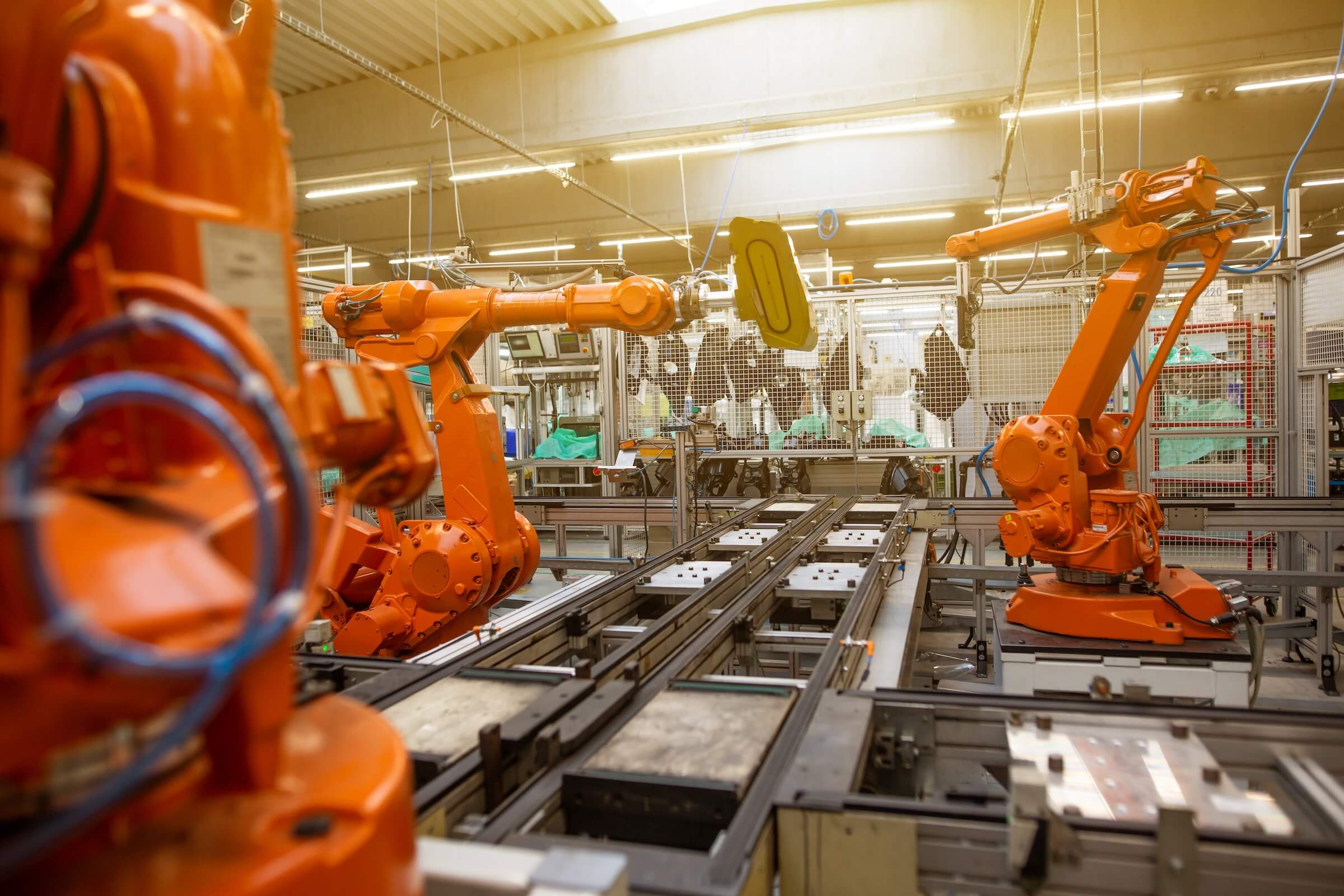Cable Connectors Basics: Understanding Their Role in Modern Electronics

In the current rapidly developing tech landscape, wire assemblies play a crucial function in maintaining connectivity and functionality among a multitude of gadgets and networks. These integral components serve as the backbone in the personal electronics and manufacturing machinery, allowing the flow of electrical signals and power from one point to another. Comprehending the workings of cable assemblies is important for everyone curious in the mechanisms of contemporary technology, as they illustrate how even the smallest parts can create a major difference on performance and stability.
Cable assemblies consist of two or several linked conductors or wires, along with multiple connective devices, that are designed to exchange information or electricity between devices. Regardless of whether used in telecommunications, automotive applications, or inside system of computers, these are designed to fulfill particular requirements, which makes them a adaptable option for multiple industries. Through exploring the realm of these assemblies, people can appreciate their importance in fueling progress and improving the capabilities of our networked society.
What do we mean by Cable Assemblies?
Cable assemblies are integral components in many electronic systems, serving as the means to connect multiple devices and facilitate communication between them. These assemblies typically consist of a combination of cables, connectors, and occasionally other components such as housing or shielding. Their design is crucial to ensure that signals and power are transmitted effectively and without interference.
In modern technology, cable assemblies come in various forms, depending on their intended use. They can be found in a wide spectrum of consumer electronics like smartphones and computers to industrial machinery and telecommunications equipment. The versatility of cable assemblies allows them to support a wide array of functions, whether it is transmitting information, power, or both.
The manufacturing process of cable assemblies involves meticulous selection of materials and components to meet exacting performance requirements. Quality control is vital to ensure durability and reliability, as these assemblies often operate in demanding environments. By grasping what cable assemblies are and their function in technology, we can appreciate their significance in ensuring seamless connectivity in our progressively interconnected world.

Benefits of Cable Assemblies
Cable assemblies play a vital role in a varied array of fields, serving as the basis for connectivity and communication. In the telecom sector, cable harnesses facilitate the transmission of information and audio signals, ensuring that telecommunication networks operate effectively. They are commonly used in network infrastructure, enabling connections between network routers, network switches, and other essential components, thereby maintaining a seamless flow of data.
In the automotive industry, cable assemblies are crucial to the operation of modern vehicles. They are used in a variety of applications such as power distribution, sensor connections, and infotainment systems. With the growth of electric vehicles, the demand for specialized cable assemblies has increased, as they must support greater voltages and currents while maintaining safety protocols. This technological evolution showcases the significance of reliable and long-lasting cable harnesses in ensuring the performance of vehicles and security.
In addition, in the healthcare field, cable harnesses are essential for connecting diagnostic equipment, medical imaging systems, and patient care devices. These assemblies must adhere to stringent regulatory standards to ensure safety and dependability, as they often play a critical role in caring for patients. The accuracy and quality of cable assemblies in medical devices can directly impact their efficacy, making them an indispensable component in healthcare technology.
Benefits of Using Cable Assemblies
Wire assemblies offer numerous benefits that make them crucial in various applications. One of the primary benefits is the simplification of the setup process. By combining several wires and connectors into a single assembly, installation time is significantly reduced. This streamlined approach not only saves time but also reduces the potential for errors during setup. Technicians and engineers can integrate cable assemblies swiftly and effectively, which is important in sectors where downtime needs to be minimized.
Furthermore, cable assemblies improve organization and decrease clutter in environments filled with wires and components. They help maintain a tidy and organized workspace, which is beneficial for both appearance and security. A well-organized wiring system can make diagnosis more straightforward and quicker, enabling quick identification of problems. This structure plays a key role in maintaining system dependability and effectiveness, particularly in complex electronic setups.
In conclusion, the use of cable assemblies can lead to improved performance and resilience. They are designed to handle specific electrical requirements and can be customized for various applications, ensuring optimal function. High-quality materials and craftsmanship in cable assemblies contribute to their durability, reducing the need for regular replacements. Overall, the benefits of using cable assemblies encourage increased efficiency, safety, and performance in modern technological systems.
